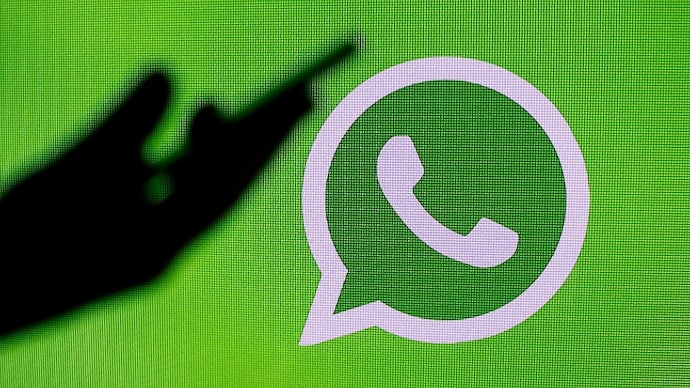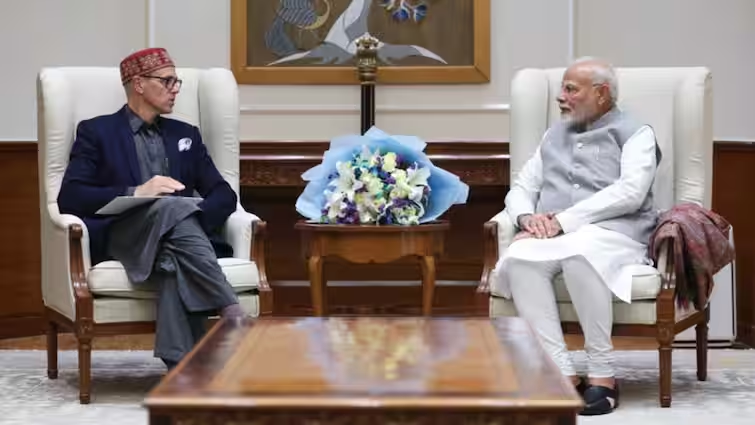WhatsApp Starts Rolling Out Voice Message Transcript Feature: A Game-Changer for Messaging
WhatsApp, the world’s most popular messaging app, has begun rolling out a highly anticipated feature: Voice Message Transcripts. As of February 26, 2025, this update promises to revolutionize how users interact with voice notes, making communication more convenient and accessible. With millions of users relying on WhatsApp daily, especially in regions like India where voice messages are a staple, this feature could redefine the app’s usability. Here’s everything we know about the rollout, how it works, and what it means for users globally and in India.
What Is the Voice Message Transcript Feature?
The Voice Message Transcript feature allows WhatsApp users to convert voice notes into readable text automatically. Instead of listening to lengthy audio messages, users can now simply read a transcription, saving time and effort. This is particularly useful in situations where listening isn’t practical—think noisy environments, meetings, or late-night chats when you don’t want to disturb others.
Powered by on-device speech recognition technology, the feature ensures privacy by processing audio locally rather than sending it to external servers. Users will need to download a small language pack for their preferred language, after which transcriptions will be generated seamlessly within the app.
How It Works
The rollout introduces a simple yet intuitive interface. When you receive a voice message, a “Transcribe” option will appear alongside the play button. Tapping it generates a text version of the audio, displayed directly below the voice note in the chat. The transcription stays in sync with the audio, so you can still listen if you prefer—or cross-check accuracy.
For now, the feature supports a handful of languages, including English, Hindi, Spanish, Portuguese, and Russian, with plans to expand based on user demand. In India, the inclusion of Hindi is a major win, given the country’s linguistic diversity and WhatsApp’s massive 500-million-plus user base.
Rollout Details: Where and When?
WhatsApp has adopted its usual phased approach for the Voice Message Transcript rollout. As of February 26, 2025, the feature is available to select beta testers on Android and iOS, with a wider release expected over the coming weeks. Android users on WhatsApp beta version 2.25.3.45 and iOS users on version 25.4.70 are among the first to spot it, though stable channel users might see it by mid-March 2025.
India, a key market for WhatsApp, is part of the initial wave, reflecting the country’s heavy reliance on voice messaging. The feature will likely hit major urban centers first, trickling down to all users as language support and server stability are fine-tuned.
Why This Matters for India
Voice messages are a cultural phenomenon in India, where users across age groups and regions prefer them for their ease and personal touch. From quick updates in bustling cities to heartfelt chats in rural areas, audio notes bridge literacy gaps and busy schedules. However, they’re not always convenient to listen to, especially in public spaces or during multitasking.
The Voice Message Transcript feature addresses this pain point perfectly. For instance, a Mumbai commuter on a packed local train can now read a colleague’s update instead of fumbling with earphones. Similarly, a student in Delhi can skim a professor’s instructions without replaying a five-minute rant. With Hindi support, it’s a nod to India’s multilingual fabric, though users are already clamoring for Tamil, Telugu, and Bengali options.
Privacy and Performance
Privacy remains a cornerstone of WhatsApp’s pitch. The on-device transcription ensures that voice data never leaves your phone, aligning with the app’s end-to-end encryption ethos. Language packs, ranging from 50-100MB, are a one-time download, minimizing data usage—a relief for India’s cost-conscious users.
Accuracy is another highlight. Early testers report impressive results with clear audio, though background noise or heavy accents can trip it up. WhatsApp is likely refining the AI to handle India’s diverse dialects and speech patterns, which could set a benchmark for future updates.
How It Stacks Up Against Competition
WhatsApp isn’t the first to offer voice-to-text conversion—apps like Telegram and Google Messages have flirted with similar tools. However, WhatsApp’s scale and integration give it an edge. Unlike Google Messages, which leans on cloud processing, WhatsApp’s local approach prioritizes privacy. Telegram’s transcription exists but lacks the polish and language breadth WhatsApp is aiming for.
In India, where competitors like Signal and local apps like Hike have faded, WhatsApp’s dominance is unchallenged. This feature could further cement its lead, especially as Reliance Jio’s rumored messaging app looms on the horizon.
User Reactions and Future Potential

Early feedback from beta testers is overwhelmingly positive. “It’s a lifesaver for long voice notes from my boss,” quipped one X user. Another praised its utility for the hearing-impaired, highlighting an accessibility angle WhatsApp hasn’t heavily marketed yet. In India, social media buzz suggests excitement, tempered by calls for broader language support.
Looking ahead, WhatsApp could expand this feature’s scope—think real-time transcription for voice calls or integration with its Business API for customer service chats. For now, though, it’s a solid step toward making voice messaging more versatile.
Final Thoughts: A Small Update with Big Impact
The Voice Message Transcript feature might seem like a minor tweak, but its implications are profound, especially in voice-note-heavy markets like India. By blending convenience with privacy, WhatsApp is doubling down on user experience without reinventing the wheel. As the rollout widens, it’s poised to become a default expectation for messaging apps everywhere.
For Indian users, this could be the nudge to lean even harder into WhatsApp’s ecosystem. Whether you’re dodging a lengthy family update or decoding a friend’s rushed rant, the ability to read rather than listen is a quiet game-changer. What do you think of this feature? Drop your thoughts below as we await its full arrival!















